9 brilliant albums recorded in self-isolation
Recordings from the bedroom, hotel suite, quarantine and rehab

Novelty of working from home wearing a little thin? Children climbing the walls? Missing those carefree double-kisses and bear hugs from relatives and acquaintances?
Or are you feeling something else? Whisper it lest she disappear, but might that something actually be the muse descending?
"An artist is always alone – if he's an artist," said author Henry Miller. "No, what the artist needs is loneliness." As if in agreement, the very second lockdown measures kicked in, social media feeds filled up with news that Shakespeare managed to pen King Lear, Macbeth, and most of Antony and Cleopatra in quarantine during a plague outbreak. (No all-new Netflix Originals or Amazon Prime Video documentaries to distract him, eh?)
In 1665, Isaac Newton found himself working from home following the closure of Cambridge University during the Bubonic plague. After sticking blunt needles into his eye (seriously) and watching apples fall from trees for a bit, he managed not only to explain gravity, but also to develop theories on optics and calculus that irrevocably changed our understanding of the universe. Not bad considering all we've managed to do today is upload an Instagram story and watch three episodes of Unforgotten on ITV Hub.
So, what of the socially distant musician during this and other periods of solitude? Turns out they too have been busy. What follows is our curated list of bands and solo artists who, owing to a series of unfortunate events, managed to write, record and release superb albums in complete isolation.
And ultimately it means we have no excuse. Do not pass go, do not collect £200 and do not visit Twitter. Read these examples for inspiration, then pick up your instrument. Get to work.
Cross Road Blues by Robert Johnson (1936)
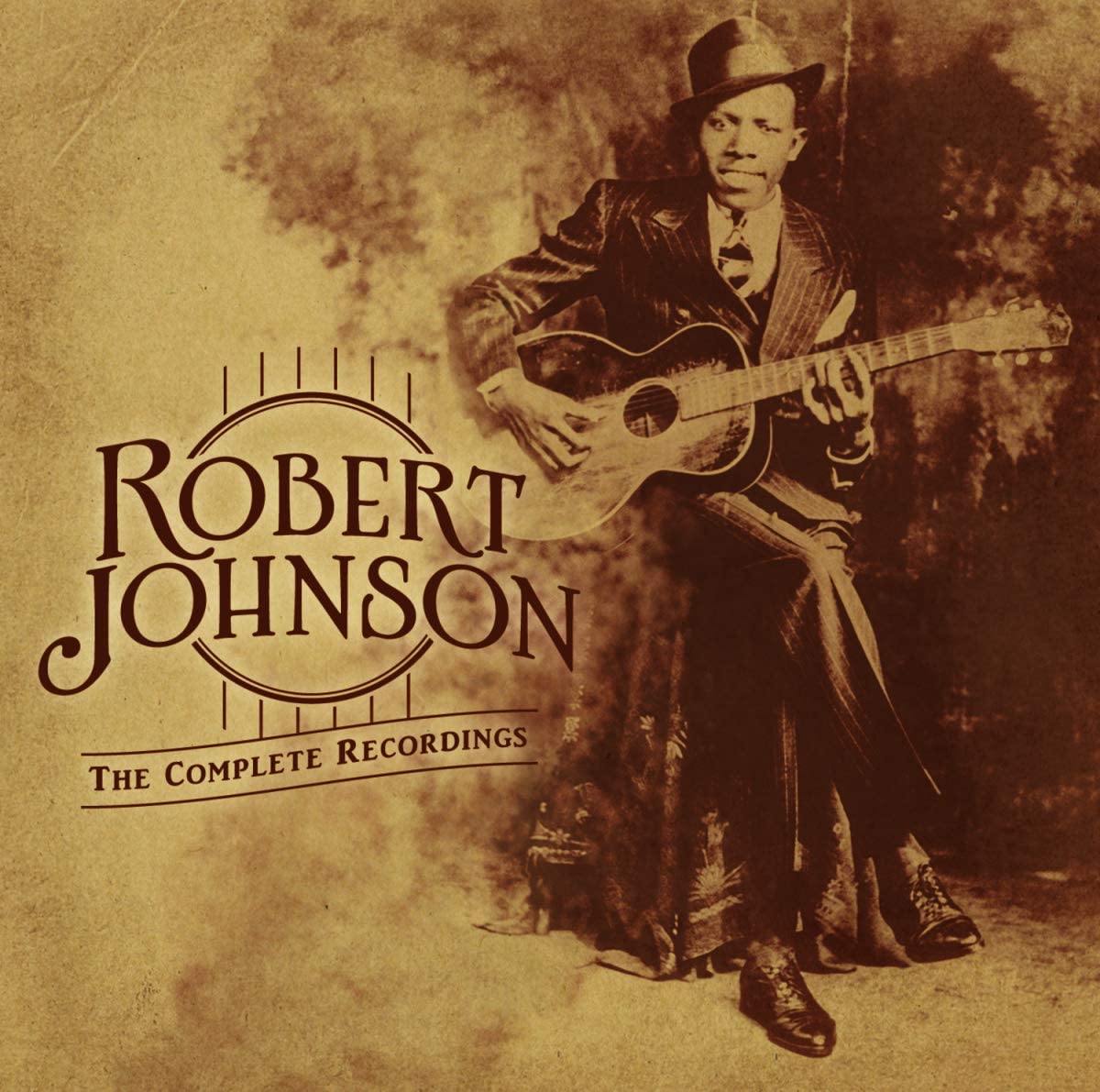
Robert Johnson died in 1938, aged 27, having recorded only 29 songs of which we know. Of these, 16 were taped alone in room 414 at the Gunter Hotel in San Antonio, on a single-reel Grundig recorder, less than two years before his death.
The latest hi-fi, home cinema and tech news, reviews, buying advice and deals, direct to your inbox.
Nobody knows for sure how Johnson died – theories include poisoning, a gunshot wound, pneumonia, syphilis and stabbing – but his rumoured Faustian pact with the devil at a crossroads (his soul in return for otherworldly guitar powers) is the stuff of music legend.
Johnson's work was not widely played until at least 25 years after his death. Indeed, Johnson never received any royalties for his songs and was paid in cash by his record label. Yet, according to Eric Clapton and almost any other iconic guitar player you can think of, Robert Johnson is “the most important blues musician who ever lived”.
Clapton released not one but two collections of songs by Johnson: Me and Mr. Johnson and the EP Sessions for Robert J, alongside a TV documentary of the same name aired in 2004 by the BBC.
Johnson simultaneously used elements of Delta blues – fingerpicking, sliding, strumming – while layering his own unique techniques and forms found in flamenco guitar. And then he sang on top. Only Robert Johnson (and the devil himself, if you believe the legend) will ever know exactly how he performed some of the tracks recorded in that hotel room.
Only two photos of Johnson are known to exist, despite musicologists and historians scouring the globe for more. What we do have is his music – and most of it was recorded in glorious solitude, in a hotel now owned by Sheraton.
“Who is the other guy playing with him?” Keith Richards asked fellow Rolling Stone Brian Jones on first hearing a Robert Johnson song, “I was hearing two guitars – it took a long time to actually realise he was doing it all by himself.”
Richards later said, "His playing was like Bach."
Listen to Robert Johnson's Complete Recordings on Tidal
Nebraska by Bruce Springsteen (1982)

What does Bruce Springsteen do after his fifth studio album – a double LP featuring stone cold bangers Hungry Heart and Cadillac Ranch alongside the full force of the raucous E-Street Band?
He buys a Teac four-track cassette recorder and lays down 15 songs alone, in his house, through the night on 3rd January 1982. He sings, plays guitar, and uses the other two tracks to add a harmony vocal or an alternative guitar.
He thinks he's going to teach the songs to the rest of the band when they get into the recording studio. He carries that demo cassette around in his pocket, without a case, for "a couple of weeks". Then, after a bit more thought, The Boss decides to release the demo as is, without the band – the songs are a little too personal to be altered.
Owing to the recording process, it was apparently hard to release the thing as a record (the needle wouldn't track in the wax properly because of the distortion it picked up) to the point that the label nearly released it as a cassette-only affair.
Springsteen named the album after one of the songs, Nebraska (the birthplace of Kool-Aid, but hardly America's most exciting State) and never toured to promote it.
And still, Nebraska is one of the most highly-regarded albums in Springsteen's substantial back catalogue.
Even one of the tracks that Springsteen recorded for the album, then shelved, (eventually giving it the E-Street Band treatment and releasing it in 1984) isn't bad – it's called Born in the USA.
Listen to Bruce Springsteen's Nebraska on Tidal
Exile on Main Street by The Rolling Stones (1972)

Rolling stones gather no moss, but they do rack up ridiculously high tax bills. And so it was that, after becoming quite successful in the late 1960s, The Rolling Stones found themselves at a villa called Nellcôte in the south of France in 1972.
Keith Richards rented the house, where the band lived as tax exiles and sheltered their earnings in a Netherlands holding company.
Exile on Main Street was the band's tenth album. The Stones were already well versed on recording nowhere near a proper studio – much of the recording of their prior album, Sticky Fingers, had been done at Mick Jagger's country-pile Hampshire home using a mobile recording studio. The same mobile studio was simply transferred to Nellcôte and set up in the basement of the villa.
Keith Richards lived upstairs and the band had frequent house guests – so not self-isolation as we've become accustomed to, recently, but still.
Often, other musician friends would amble down to the studio to jam with Keith, or stay to record tracks with the whole band. Such daily recording sessions went on through the night. Without formal studio rules, there's a delightfully bohemian, laissez-faire feel to the whole album.
Listen to The Rolling Stones' Exile on Main Street on Tidal
Original Pirate Material by The Streets (2001)

Recorded mostly within the confines of his Brixton home over the course of about a year, Skinner’s debut album as The Streets is an inventive collage of beats and lazily delivered lines about life among Britain’s working class that proves there is worth in music recording now being at every person’s fingertips.
In his autobiography, The Story Of The Streets, Skinner discusses how he cleared out a wardrobe to create a vocal booth, deadening its sound with duvets, pillows and mattresses.
The album got to number 12 in the UK Album Charts in 2002, but got another lease of life and peaked at number 10 in 2004 – after the release of The Streets' chart-topping second album A Grand Don't Come For Free.
The sobering cover artwork (main photo) is a night-time shot of the south face of the Kestrel House tower block on City Road, London, taken in 1995 by German photographer Rut Blees Luxemburg.
Listen to Original Pirate Material on Tidal
Greystone Chapel by Glen Sherley/Johnny Cash (1968)

Although Greystone Chapel was the song that made Glen Sherley the most famous prison inmate and country-music singer/songwriter alive, Sherley wrote many songs in lock-up and even recorded an entire album in his cell.
Sherley was in and out of several prisons throughout the 1950s and '60s. When Johnny Cash discovered him in 1968, Sherley was doing a bit for armed robbery in Folsom.
In a 1994 interview with Life Magazine, Johnny Cash said: "The night before I was going to record at Folsom Prison, I got to the motel and a preacher friend of mine brought me a tape of a song called Greystone Chapel. He said a convict had written it about the chapel at Folsom.
"I listened to it one time and I said: 'I've got to do this in the show tomorrow.' So I stayed up and learned it, and the next day the preacher had him in the front row. I announced: 'This song was written by Glen Sherley.' It was a terrible, terrible thing to point him out among all those cons, but I didn't think about that then. Everybody just had a fit, screaming and carrying on."
Greystone Chapel was recorded live, along with the rest of Cash's At Folsom Prison album, on 13th January 1968 and released in May of that year.
After Greystone Chapel, country singer Eddy Arnold sniffed out Sherley's music and recorded another Sherley song in 1971, Portrait Of My Woman. It became the title track of Arnold's next album.
Sherley was given the permission by prison officials to record a live album, Glen Sherley, while still in jail. The album was released by Mega Records and was a big success.
When Sherley was released from Prison in 1971, Cash met him at the gates. Sadly though, the story doesn't end well. In May 1978, two days after shooting someone, Sherley put a gun to his own head. He was 42. The funeral was paid for by Cash.
Listen to Glen Sherley on Tidal or Spotify
how i'm feeling now by Charli XCX (2020)
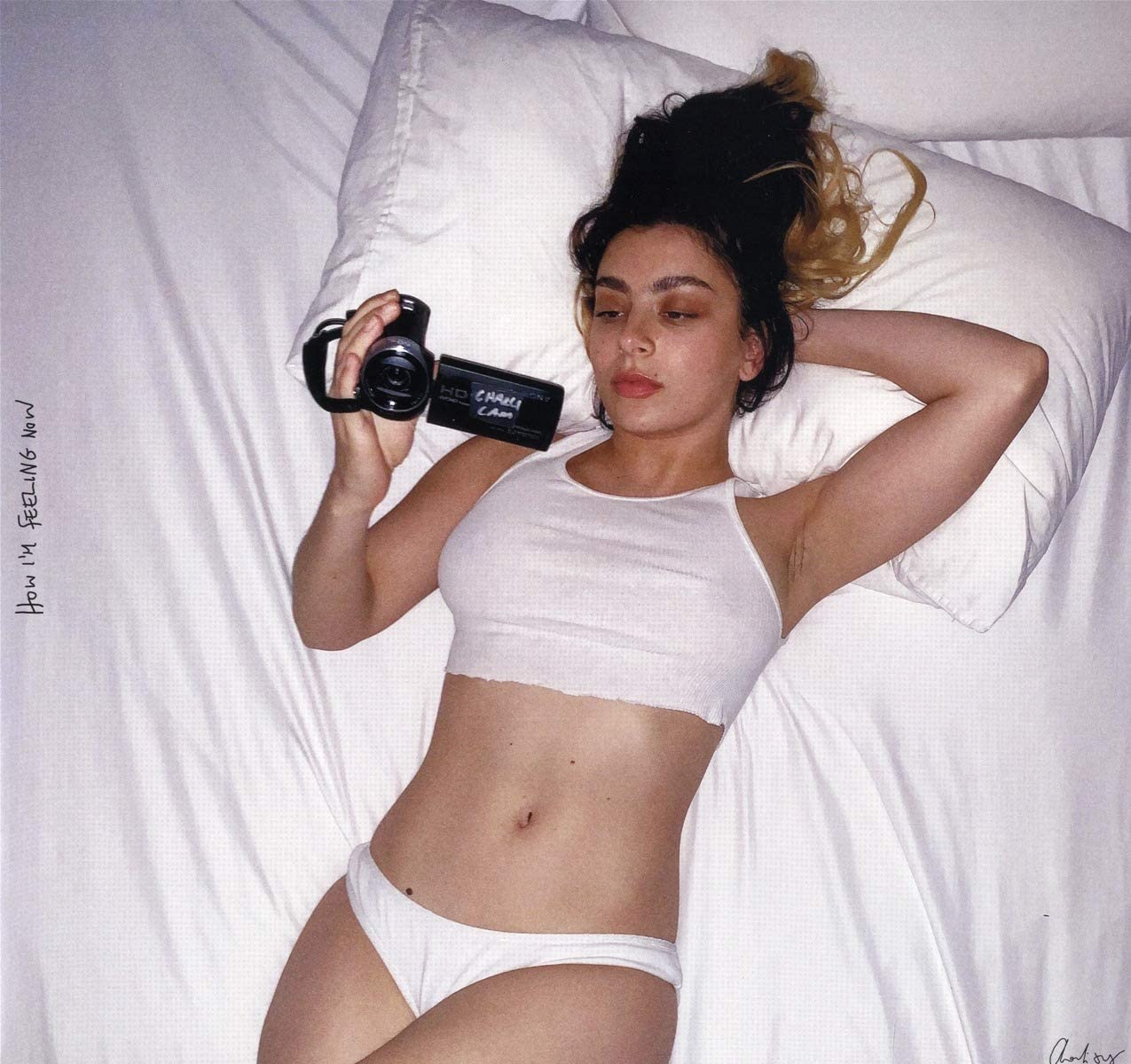
Charli XCX's fourth album really is a product of the pandemic: conceived during the initial COVID-19 lockdown, made in collaboration with her fans over the following 39 days and released on 15th May 2020, thus elegantly encapsulating the confusion, loneliness and boredom of our first long stint at home.
On 6th April 2020, Charli XCX announced in a public Zoom call with fans that she would be working on a new album in self-isolation, stating, "The nature of this album is going to be very indicative of the times just because I'm only going to be able to use the tools I have at my fingertips to create all music, artwork, videos everything."
Although the result will undoubtedly (and rightly) be used as a kind of sonic photograph in the years to come – owing both to its subject matter and how Charlotte Aitchison used social media to workshop the tracks – how i'm feeling now is a timeless triumph.
The Cambridge-born songwriter's knack of finding an absorbing melody or phrase can't be ignored. The first track, Pink Diamond, came to Aitchison during an At Home With Apple Music interview between herself, Dua Lipa and and Jennifer Lopez, after J. Lo recounted talking to Barbara Streisand about Ben Affleck's gift of that iconic rock. The compelling DIY electronics should also be celebrated, whether or not we're able to dance, mingle and talk freely again soon.
Listen to Charlie XCX's how i'm feeling now on Tidal
OK Computer by Radiohead (1997)
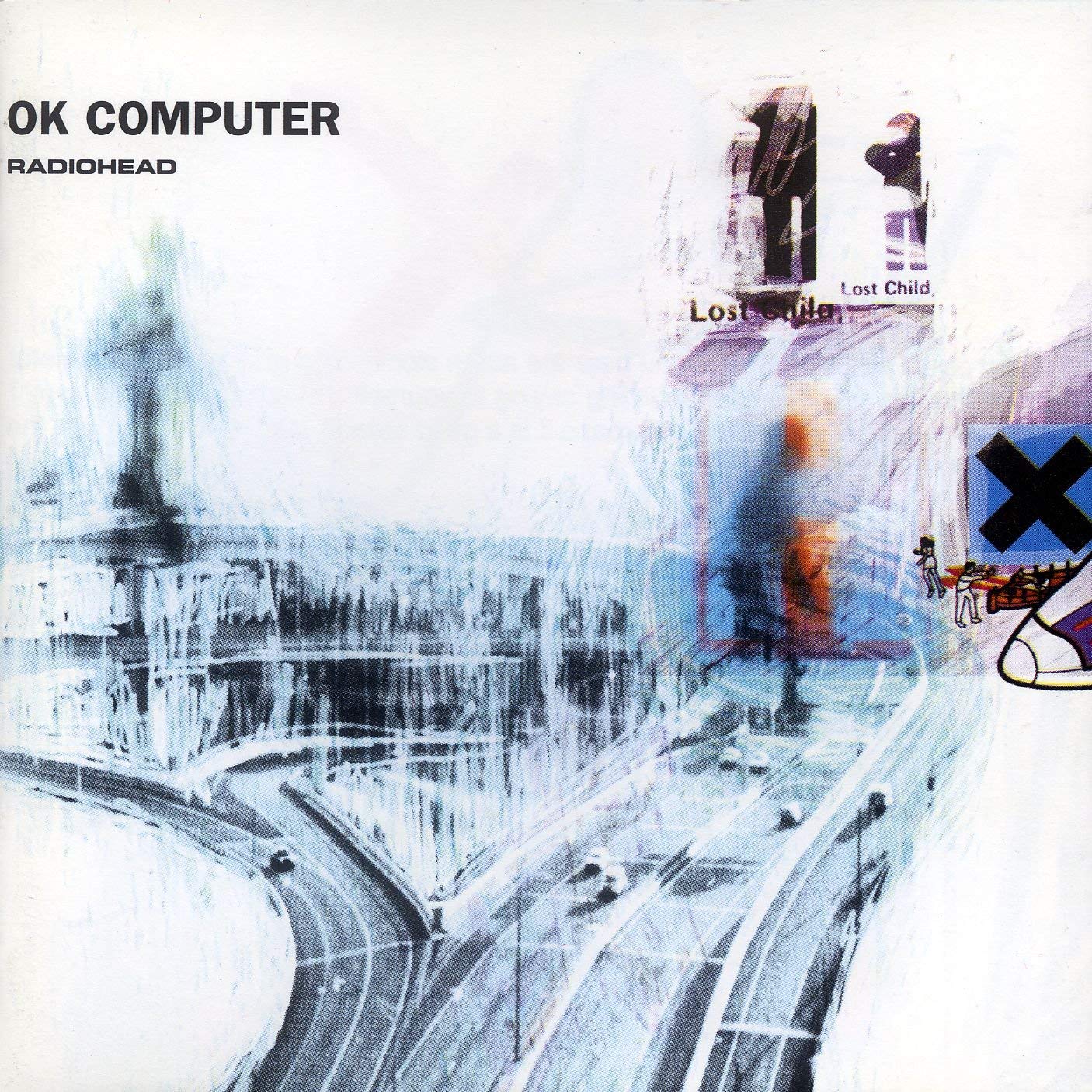
Radiohead recorded and self-produced OK Computer in a 16th-century, Grade I listed Tudor Mansion called St. Catherine's Court in Bath, owned by actress Jane Seymour. She rented the house to the band on the condition that they feed her cat in her absence.
Almost every song on this third Radiohead album (the studio-recorded 1995 Lucky is the exception) was laid down in that house.
If ever a song perfectly captured dystopian, apocalyptic self-isolation, it's Climbing Up the Walls. There's nothing quite like that guttural scream at the end for the cabin feverish.
As if to emphasise its socially distanced rhetoric, Thom Yorke has compared the acoustic guitar-heavy opening of the song Exit Music (For a Film), to Johnny Cash's At Folsom Prison (listed, above).
Listen to Radiohead's OK Computer on Tidal
For Emma, Forever Ago by Bon Iver (2008)
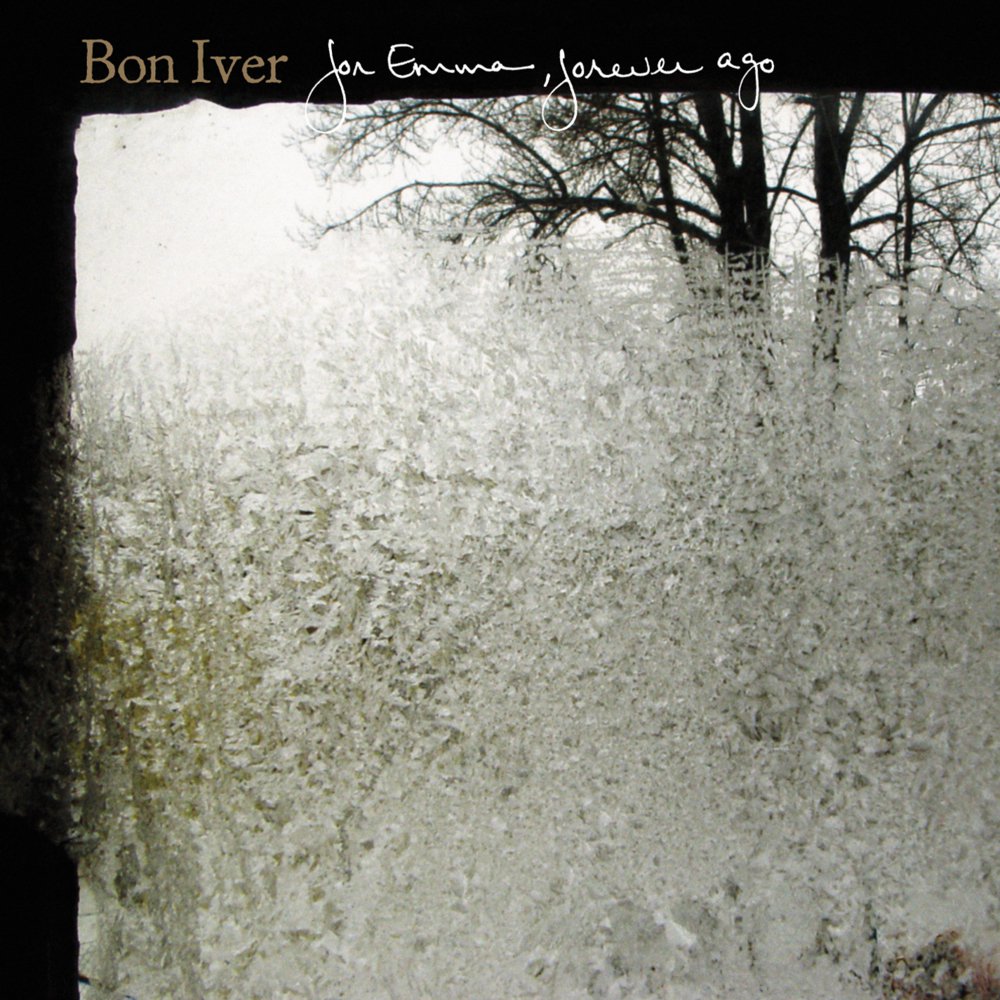
Justin Vernon wrote, recorded and self-released his debut breakthrough Bon Iver
album, For Emma, Forever Ago, in his dad’s hunting cabin in the woods of Wisconsin.
Vernon, frustrated with trying to write songs and somehow pay the bills while working in a sandwich shop, left his place in Raleigh, North Carolina, and drove for 18 hours to the remote hunting cabin – set in 80 acres of land an hour northwest of his hometown, Eau Claire in Wisonsin – hoping for some time alone.
He recorded the entire album in the cabin, on an old Mac with ProTools, throughout the winter of 2006 into early 2007 – when he wasn't hunting for food. He apparently killed two deer during his three month residence in the cabin and had one scary encounter with a bear, which was enticed by the smell of his cooking.
The album is focused on a break-up he'd struggled to get over.
"I had nothing but the sound of my own thoughts, and they were really loud when that's all that was going on," Vernon later said on his near-complete isolation. We've all been there.
Though he hadn't intended to make an album, encouragement from friends did the trick and he self-released For Emma, Forever Ago – after a little help with mastering – in July 2007. He was signed to the independent label Jagjaguwar later that year and the rest, as they say, is history.
Listen to Bon Iver's For Emma, Forever Ago on Tidal
461 Ocean Boulevard by Eric Clapton (1974)
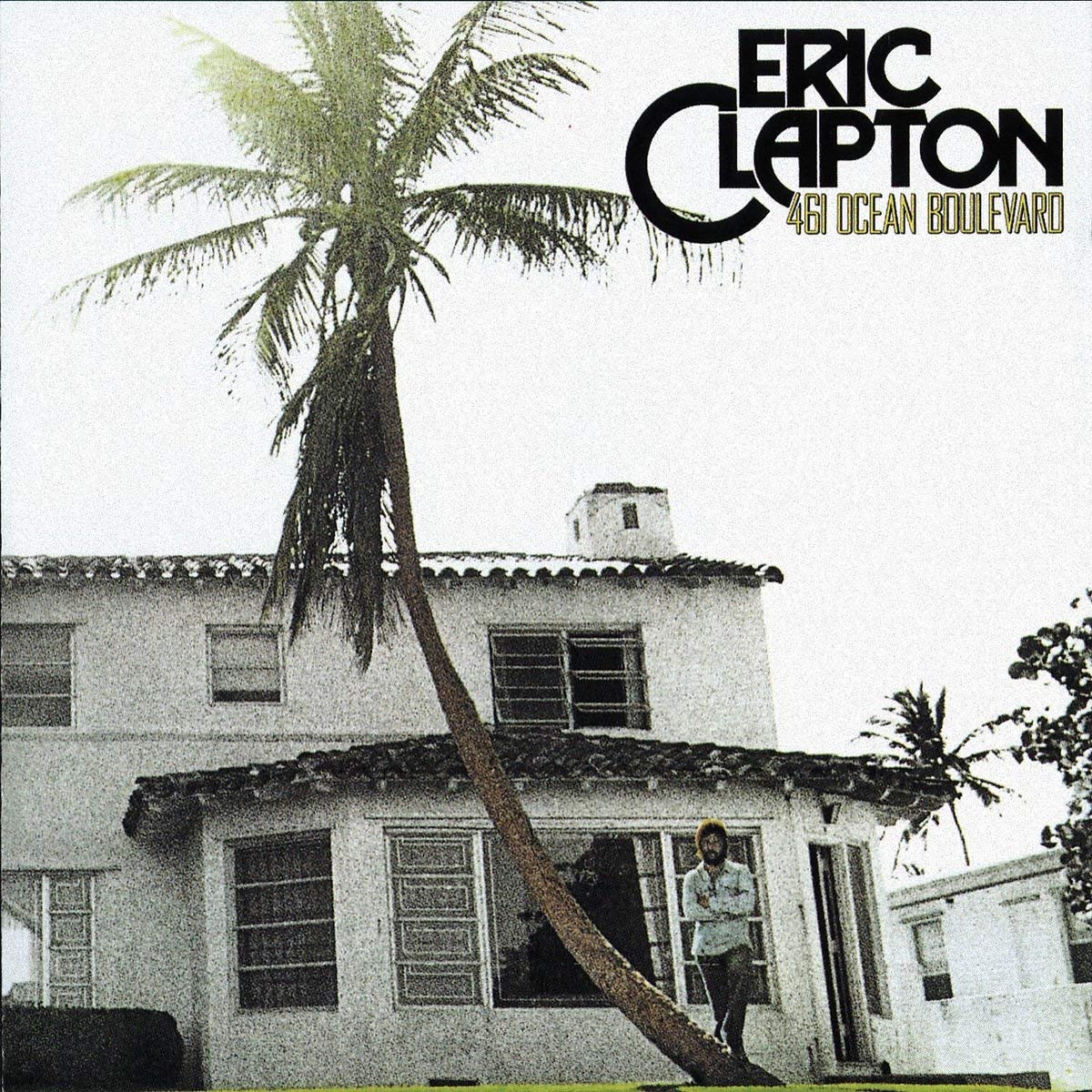
This was the album that gave Eric Clapton his first US number one LP and single – his cover of Bob Marley and the Wailers' I Shot the Sheriff. It also marked Clapton's return to recording after recovering from a three-year addiction to heroin. The album topped various international charts and sold more than two million copies.
The title of the record refers to a house in the small town of Golden Beach, Miami – the house that Clapton's manager at the time, Robert Stigwood, paid for him to live in so that he might, perhaps, write and record new music. After overcoming his substance addiction, Clapton confessed that he'd wasted three years of his life, barely managing to do anything except watch TV and get out of shape.
Clapton worked on a farm for a little while, listening to music from artists such as Robert Johnson (featured above), and even lending his guitar skills to the rock opera Tommy – which you can read about in our 10 best musical theatre soundtracks to test your speakers feature.
He was given a demo tape by former Derek and the Dominos bassist, Carl Radle, which contained collaborations between Radle, keyboardist Dick Sims and drummer Jamie Oldaker. Clapton felt inspired and ready to write new material.
The whole album was recorded from April to May 1974. Although Clapton did venture into the Criteria studios in Miami to record, he wrote, practiced, recuperated and sang alone with Blackie, his Fender, in the Floridian rented house pictured on the album sleeve.
Listen to Eric Clapton's 461 Ocean Boulevard on Tidal
Becky has been a full-time staff writer at What Hi-Fi? since March 2019. Prior to gaining her MA in Journalism in 2018, she freelanced as an arts critic alongside a 20-year career as a professional dancer and aerialist – any love of dance is of course tethered to a love of music. Becky has previously contributed to Stuff, FourFourTwo, This is Cabaret and The Stage. When not writing, she dances, spins in the air, drinks coffee, watches football or surfs in Cornwall with her other half – a football writer whose talent knows no bounds.
